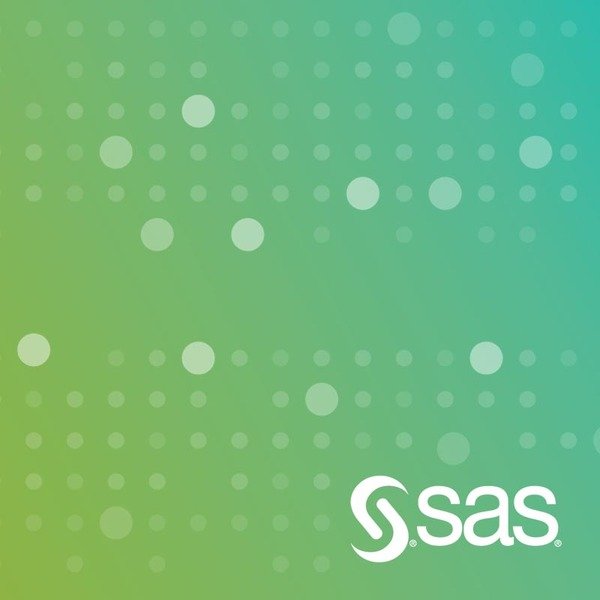GRATIS
Rice University vía Coursera
GRATISCommunicating Business Analytics Results
Acerca de este curso
- Introduction to the Course
- In this module we’ll briefly review the Information-Action Value Chain we introduced in Course 1. Then we’ll see how analytical techniques are applied in business problems, first by looking at some “classic” business problems that have been around for a long time, then by looking at some “emergent” business problems that have resulted from more recent advances in technology.
- Best Practices in Data Visualization
- In this module we’ll learn about a variety of visualizations used to illustrate and communicate data. We will start with the different vehicles used to present quantitative information. We will then look at a set of examples of data visualizations and discuss what makes them effective or ineffective. Finally, we discuss Excel charts and why most of them should be avoided. After completing this module, you will be able to better understand the characteristics of good data visualization and avoid common mistakes when creating your own graphs.
- Interpreting, Telling, and Selling
- In this module we’ll cover a number of topics around interpreting data, gathering additional data, and pitching our recommendations based on our analysis. First, we’ll discuss ways in which we misinterpret or misrepresent data and how to avoid them, such as mistaking correlation with causation, allowing cognitive biases to influence how we see data, and visualizing data in misleading ways. We’ll also learn how experimentation can help us obtain more data, including compromises we may need to make in measurement. Finally, we’ll discuss how we communicate our results and recommendations, with a focus on knowing our audience, telling compelling stories, and creating clear and effective communication materials.
- Acting on Data
- In our final module we’ll walk through two case studies and illustrate the ideas we’ve covered in the course and in the specialization as a whole. The first case shows how experimentation can be used to create data, sometimes with surprising results. The second case presents a comprehensive analysis that illustrates the entire analytic lifecycle, and shows how different methods and both quantitative and qualitative analysis can be brought together to solve one strategically important analytical problem.
Cursos relacionados

GRATIS Aprendiendo a aprender: Poderosas herramientas mentales…
Deep teaching solutions
Español

GRATIS Programación para todos (Introducción a Python)
University of Michigan
Inglés

GRATIS The Science of Well-Being
Yale
Inglés

GRATIS Negociación exitosa: Estrategias y habilidades esenciales
University of Michigan
Inglés

GRATIS Primeros Auxilios Psicológicos (PAP)
Universitat Autónoma de Barcelona
Español



